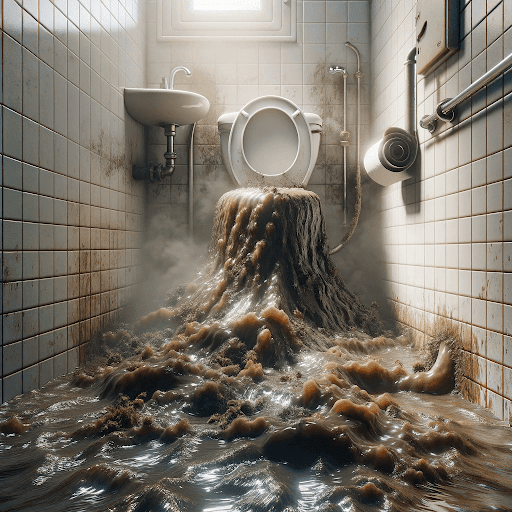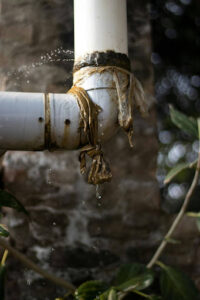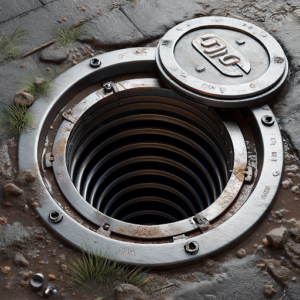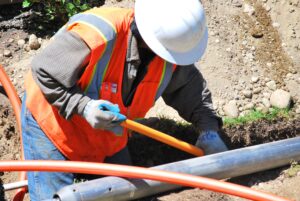Understanding Sewage Backflow
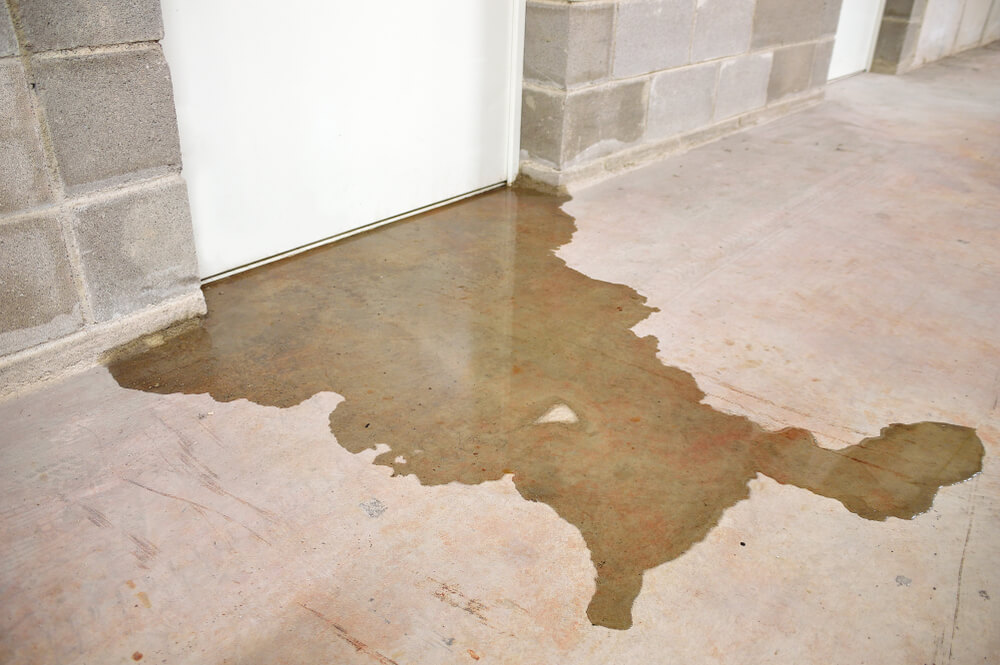 It occurs when wastewater flows in the opposite direction from its intended path, causing it to enter homes, businesses, and other structures. This reverse flow can introduce contaminants, including harmful bacteria and chemicals, into clean water supplies and living spaces.
It occurs when wastewater flows in the opposite direction from its intended path, causing it to enter homes, businesses, and other structures. This reverse flow can introduce contaminants, including harmful bacteria and chemicals, into clean water supplies and living spaces.
What Causes It?/span>
- Blockages: One of the most common causes is a blockage. This can be due to the accumulation of grease, hair, foreign objects, or tree roots infiltrating the pipes.
- Heavy Rainfall or Flooding: During intense rains or flooding, the municipal sewer system can become overwhelmed, causing excess water to push back into private lines and homes.
- Damaged or Collapsed Sewer Drainlines: Aging or poorly maintained lines can crack, collapse, or become misaligned, leading to challenges.
- Inadequate Slope or Poorly Designed Systems: Sewer systems need a proper slope to allow gravity to move wastewater away from properties. Poor design can result in insufficient slope, causing wastewater to flow backward.
- Pressure Imbalances: Changes in pressure, often due to pumping failures or sudden changes in water usage, can result in water to flow back.
Consequences of Sewage Backup
The repercussions are both immediate and long-term, impacting health and finances:- Health Hazards: Sewage contains pathogens such as bacteria, viruses, and parasites that can cause diseases. Exposure to unclean water can lead to gastrointestinal illnesses, infections, and other serious health conditions.
- Property Damage: It can also ruin flooring, walls, furniture, and personal belongings. The moisture and contaminants can also promote mold growth, leading to further damage and health risks.
- Financial Burden: The expense of cleansing after, repairing damages, and addressing health issues can be substantial.
Preventing Sewage Backflow
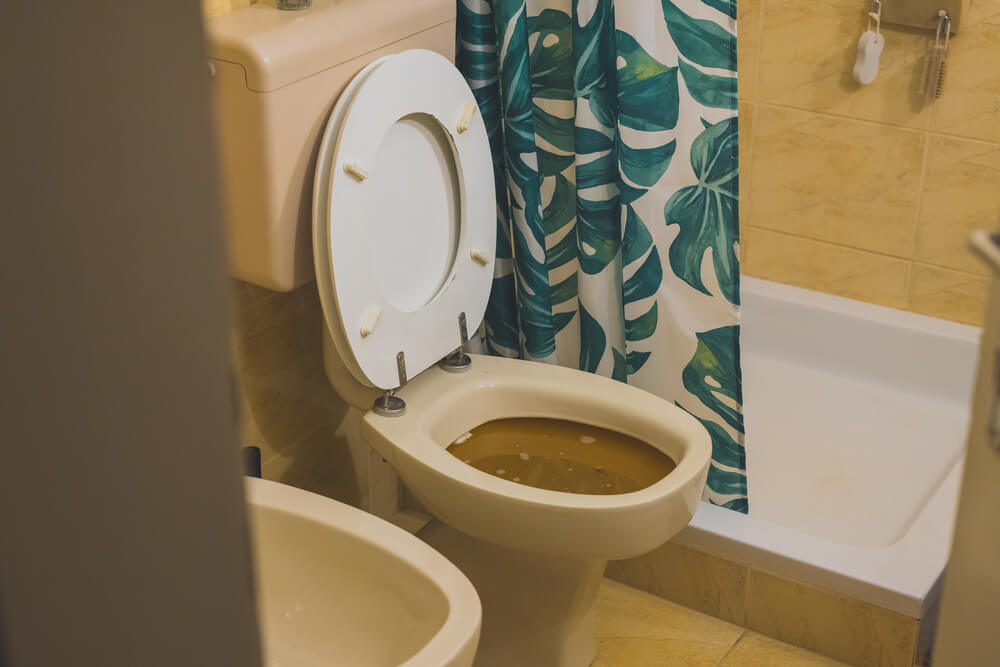 This requires a combination of proper maintenance, the set up of backflow preventer, and system design improvements. Here are the key strategies:
This requires a combination of proper maintenance, the set up of backflow preventer, and system design improvements. Here are the key strategies:
1. Regular Upkeep and Inspection
Routine maintenance and inspection can help identify and address potential issues before they cause water to flow out.- Licensed Inspections: Hire licensed sewer drainage experts to conduct regular inspections. They can use cameras to inspect the inside of pipes and identify problems.
- Tidying and Clearing: Regularly clean your sewage lines to remove buildup of grease, debris, and other materials that could cause blockages. This can be done using methods such as hydro-jetting or mechanical augers.
2. Installing Backflow Prevention Devices
These are critical in preventing sewage from flowing back inside. Here are some of the most common types:- Backwater Valves: These valves allow wastewater to flow out but close to prevent it from coming back in. They are essential in areas prone to heavy rains or flooding.
- Check Valves: Similar to backwater valves, check valves allow water to flow in one direction and prevent reverse flow. They are typically installed in the main sewer line.
- Air Gap: This is a simple and effective method where a physical gap is created between the water supply and potential contaminants, ensuring that wastewater cannot siphon back into the clean water supply.
3. Proper System Design and Installation
Ensuring that it is designed and installed correctly is crucial for preventing backflow.- Adequate Slope: Ensure that system lines have the correct slope to allow gravity to move wastewater away. Consult with professionals to verify that the slope meets local building codes and standards.
- Attachment: Always use licensed and experienced experts for installing or upgrading your system. Proper installation is key to preventing future problems.
4. Flood Precaution Measures
Implementing flood precautionary measures can help protect your property from the effects of heavy downpour and flooding.- Sump Pumps: Installing a sump pump in low-lying areas can help remove excess water and prevent it from entering.
- Grading and Drainage: Ensure that the ground around your area is graded properly to direct water away from your foundation. Additionally, maintain gutters and downspouts to manage rainwater effectively.
- Flood Barriers: In areas prone to flooding, consider installing flood barriers or sandbags to prevent water from entering.
5. Monitoring and Alarms
Setting up monitoring systems and alarms can provide early warnings of potential concerns, allowing you to take action before significant damage occurs.- Flood Alarms: These devices can detect the presence of water in areas where it shouldn’t be, such as basements or near sewer pipes, and alert you to potential issues like sewer backflow preventer problems and lever operated sewer backflow valve problems.
- Pressure Monitors: Monitoring the pressure can help identify imbalances. Some systems can be integrated with smart home technology for real-time alerts.
Dealing with Incidents
Despite the best efforts, incidents can still occur. Knowing how to respond promptly and effectively is crucial in minimizing damage and health risks.1. Immediate Actions
- Shut Off Water Supply: If you suspect an incident, immediately shut off the main water supply to prevent further contamination.
- Avoid Touching: Avoid exposure with dirty water, as it can contain harmful pathogens. Use protective gear such as gloves, boots, and masks if you need to enter the affected area.
- Ventilation: Open windows and doors to allow air in and reduce the concentration of harmful gases and contaminants.
2. Expert Cleanup and Restoration
Disinfecting after a sewage backflow incident requires expertise to ensure thorough decontamination and restoration.- Hire Professionals: Contact a professional sewage cleanup to handle the decontamination and restoration process. They have the necessary equipment and expertise to safely clean and disinfect affected areas.
- Remove Contaminated Materials: Dispose of any materials that cannot be thoroughly cleaned and disinfected, such as carpets, drywall, and insulation.
- Dry and Dehumidify: Thoroughly dry the affected location to prevent mold growth. Use dehumidifiers and fans to accelerate the drying process.
3. Health and Safety Precautions
Taking health and safety precautions is essential to protect yourself and others from the hazards associated with it.- Seek Medical Attention: If you or anyone else has been exposed, seek medical attention immediately. Inform the healthcare provider about the exposure to ensure proper treatment.
- Use Protective Gear: When handling contaminated materials, always wear protective gear to minimize exposure to harmful pathogens.
- Disinfect Thoroughly: After the initial cleanup, disinfect all surfaces and objects that were exposed to the contaminated water to ensure complete decontamination.
The Bottom Line
Stopping backflow from sewage is a critical aspect. By understanding the causes, implementing preventive measures, and knowing how to respond to incidents, you can protect your home and health from the adverse effects of sewage backflow. Regular maintenance, proper system design, and community collaboration are essential components in ensuring the long-term effectiveness of backflow prevention efforts. Stay proactive and informed to keep your sewer system running smoothly and prevent the potential hazards.Preventing sewage backflow is crucial for maintaining a healthy home environment. Water backflow valves, sewage backflow valves, and sewer backflow valves are essential components in protecting your property from sewage backups. A sewage backwater valve or automatic sewer backwater valve installation can be a cost-effective solution, with the cost to install backwater valve varying depending on factors such as location and complexity. Backwater valve for sewer line and backwater valve sewer system options are available for different setups, including internal backwater valve install methods. For those wondering how to install a floor drain backwater valve, it’s important to note that a floor drain with backwater valve can significantly improve drainage. Understanding how backwater valve floor drain work can help homeowners decide between a system or city sewer connection. In some cases, a force main sewer pipe in house might be necessary, while sewer pipe caps can provide additional protection. Factors that lead to sewage backups should be addressed promptly to prevent health hazards. There are various types of sewer backflow preventers and sewer backflow preventers designed for different applications. It’s recommended to hire a licensed plumber to install water machine and other plumbing fixtures, ensuring proper function while allowing water and sewage to flow correctly. Sewer backflow preventer types include flap designs, with a sewer backflow preventer flap being a common choice. For those wondering how to use a sanitary sewer backflow preventer valve for tub, consulting a professional is advisable to ensure proper installation and functionality.
Ensure Your Home Stays Safe and Clean
Are you facing problems in the Denver Metro area? Wanting to replace water backflow valve residential or know how to install backflow valve for sprinkler system and how do you replace backflow valve? Don’t let sewer backups disrupt your home and health. We specialize in providing top-notch sewer line repair services, from weekly or montly maintenance, sewer residential backflow valve installation, commercial backflow valve sewer installation to emergency repairs. Our experienced team uses the latest technology to ensure it is functioning smoothly and efficiently.Why Choose Sewer Experts?
- Expert Technicians: Our highly trained professionals are equipped to handle all your needs.
- Advanced Technology: We use state-of-the-art equipment for accurate diagnostics and effective solutions.
- Customer Satisfaction: Your satisfaction is our priority. We ensure quality assistance and lasting solutions.

